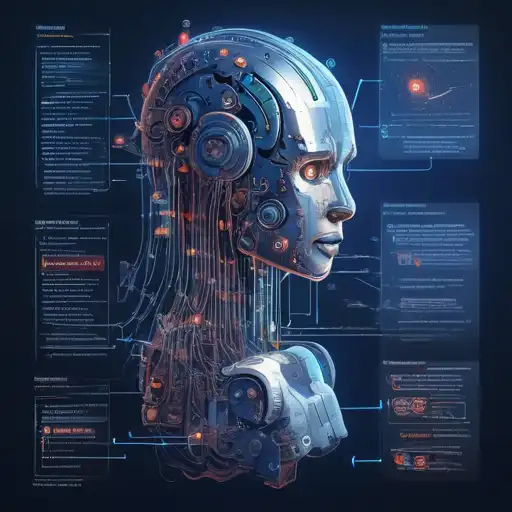Introduction to Machine Learning Algorithms
Machine learning algorithms are the backbone of artificial intelligence, enabling computers to learn from and make decisions based on data. For beginners, understanding these algorithms can seem daunting, but with the right approach, it's entirely achievable. This guide will walk you through the basics of machine learning algorithms, their types, and how they're applied in real-world scenarios.
Types of Machine Learning Algorithms
There are several types of machine learning algorithms, each suited for different kinds of tasks. Here's a brief overview:
- Supervised Learning: Algorithms learn from labeled data, making predictions based on past examples.
- Unsupervised Learning: Algorithms identify patterns in data without any pre-existing labels.
- Reinforcement Learning: Algorithms learn by interacting with an environment, receiving rewards or penalties for actions.
Popular Machine Learning Algorithms Explained
Let's delve into some of the most popular machine learning algorithms that beginners should know:
- Linear Regression: A supervised learning algorithm used for predicting numerical values.
- Decision Trees: These are used for both classification and regression tasks, modeling decisions and their possible consequences.
- K-Means Clustering: An unsupervised learning algorithm that groups data into clusters based on similarity.
- Neural Networks: Inspired by the human brain, these algorithms are capable of learning complex patterns in data.
How to Choose the Right Algorithm
Selecting the right machine learning algorithm depends on several factors, including the nature of your data, the problem you're trying to solve, and the computational resources available. Here are some tips:
- Start with simpler algorithms to establish a baseline.
- Consider the size and quality of your dataset.
- Think about the accuracy vs. interpretability trade-off.
Applications of Machine Learning Algorithms
Machine learning algorithms are used in a wide range of applications, from email filtering to self-driving cars. Some notable examples include:
- Healthcare: Predicting patient outcomes and personalizing treatment plans.
- Finance: Detecting fraudulent transactions and automating trading strategies.
- Retail: Recommending products to customers based on their browsing history.
Getting Started with Machine Learning
If you're a beginner looking to dive into machine learning, here are some steps to get you started:
- Learn the basics of programming, preferably in Python or R.
- Understand the fundamentals of statistics and probability.
- Experiment with small datasets and simple algorithms.
- Join online communities and forums to learn from others.
Machine learning is a fascinating field with endless possibilities. By understanding the basics of machine learning algorithms, you're taking the first step towards unlocking the potential of AI. For more resources, check out our data science section.
